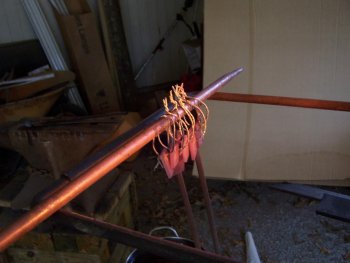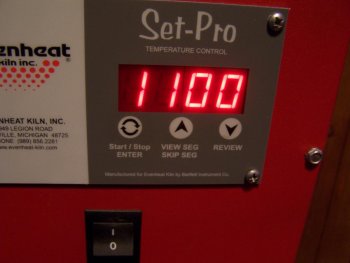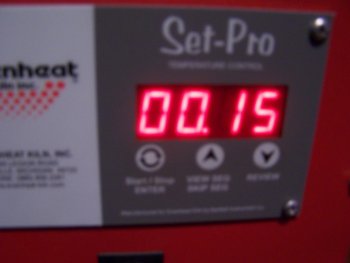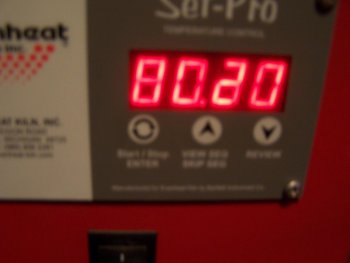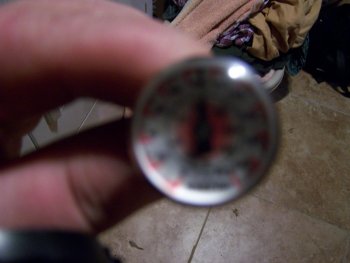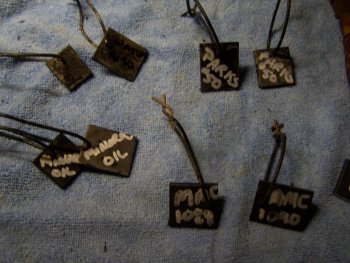Rusty McDonald
KNIFE MAKER
More normalizing, last heat and cool.
Setting up the oven, I put my oven to 1100 degrees to soak for 20 min to get the steel settled to a even heat in the oven.
then up to 1450F for the final soak for 15 minutes. after that it's in the quench. the pics got out of order but you get the idea.
Setting up the oven, I put my oven to 1100 degrees to soak for 20 min to get the steel settled to a even heat in the oven.
then up to 1450F for the final soak for 15 minutes. after that it's in the quench. the pics got out of order but you get the idea.


